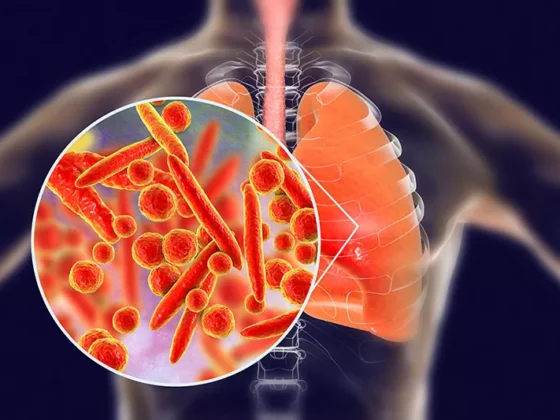Indian Audiologist Devangi Dalal sheds light on the evolving trends in hearing technology, offering improved hearing and communication abilities
Devangi Dalal, an esteemed Indian Audiologist and Speech-Language Pathologist, emphasizes the significant advancements in hearing health technology that have revolutionized communication and transformed lives. These innovations aim to enhance individuals’ ability to hear and communicate effectively in various environments, whether at home, in public spaces, or through phones and other communication systems. The field of hearing technology is constantly evolving, encompassing a diverse range of products, from traditional hearing aids to consumer technology and hearing assistive technologies. Furthermore, a language of kindness can greatly impact individuals with hearing loss, fostering their motivation to recover and promoting a positive mindset.
Let’s explore some of the new technologies and features driving advancements in hearing health care:
Two-way streaming audio technology: This cutting-edge feature allows users to seamlessly hear and engage in phone calls through their smartphone directly from their hearing aids. Hands-free calling eliminates the need to speak into the smartphone, enhancing convenience and accessibility.
Applications for hearing aids: Smartphone applications designed for hearing aids offer functions similar to assistive listening devices. These apps direct phone calls or other sound sources directly to the user’s hearing aids. Some applications can even convert speech to text and facilitate language translation.
Artificial Intelligence (AI): Premium hearing aids now incorporate built-in AI capabilities. Using deep neural networks (DNN), these devices process sound signals to mimic the way the brain perceives sound in impaired or non-impaired states, enhancing sound quality and clarity.
Waterproof hearing aids: While most hearing aids today are water-resistant, certain manufacturers have developed fully waterproof devices capable of submersion in up to two feet of water. This feature provides added durability and peace of mind for water-related activities.
New technologies, including two-way streaming, artificial intelligence, and customized features, enhance the hearing experience for individuals with hearing loss
Rechargeable batteries: The advent of rechargeable hearing aids eliminates the hassle of frequently replacing small button cells, ensuring convenience and reducing environmental waste.
Tinnitus masking features: Audiologists and hearing care specialists can program hearing aids to generate sounds that mask tinnitus or ringing in the ears, providing relief and improving overall auditory experiences.
Bluetooth compatibility: Wireless technology enables hearing aids to connect seamlessly with smartphones and other devices. Customizable features in hearing aids allow individuals to personalize their devices to suit their specific needs and preferences. This level of customization includes options for style, fit, function, colors, and features.
Devangi Dalal highlights the significance of personalization in hearing aids, particularly through the creation of custom hearing aid molds. This allows individuals to tailor their hearing aids to their unique requirements, ensuring optimal comfort and performance. Customization also encompasses aspects such as size, usability, connectivity, natural sound reproduction, and wind noise reduction, enabling a truly personalized and immersive auditory experience.
Hearing health plays a vital role in day-to-day communication, allowing individuals to fully engage and enjoy the pleasure of hearing. The advancements in hearing health technology provide hope and empowerment to those with hearing loss, enabling them to actively participate in all aspects of life.











